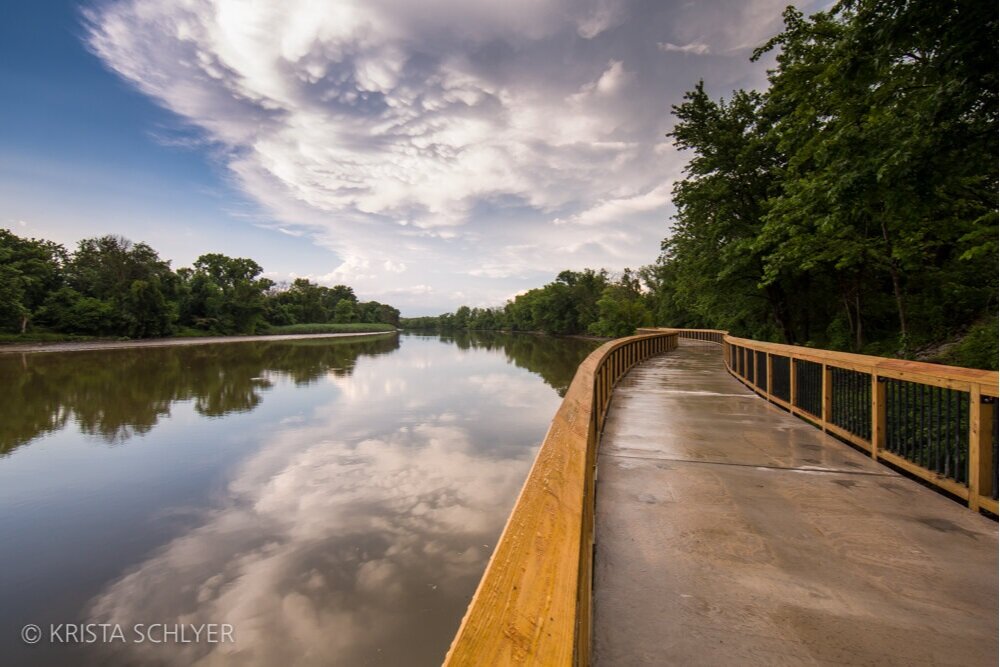
What’s Happening in the Anacostia River Corridor?
The Anacostia River routinely falls below water quality standards established to protect humans and the environment. Contaminants enter the Anacostia through spills, contaminated property, stormwater discharges, combined sewer overflows (CSOs), non-point source runoff, and pollutants that originate from upstream jurisdictions. Water and sediment quality in the Anacostia have been degraded by nutrient (nitrogen and phosphorous) loading, bacteria, toxic chemicals [polychlorinated biphenyls (PCBs)], polycyclic aromatic hydrocarbons (PAHs), pesticides, and trash and refuse.
The Anacostia River continues to be the focus of large-scale restoration efforts by the District government, neighboring jurisdictions, and community stakeholders. The District’s Sustainable DC Plan memorializes the commitment to make the District’s waterways 100% fishable and swimmable. Major components of the District’s efforts to protect and restore the Anacostia include the Anacostia River Sediment Project, restoration projects, implementation of the District’s Municipal Separate Storm Sewer System (MS4) Permit, and DC Water’s Clean River’s Project.
Anacostia River Sediment Project
The District Department of Energy and Environment (DOEE) initiated the Anacostia River Sediment Project to identify any potential sediment contamination in the nine-mile tidal portion of the Anacostia River, Washington Channel and Kingman Lake. On September 30, 2020 DOEE reached an important milestone with the release of the Anacostia River Sediment Project’s Interim Record of Decision (Interim ROD) . The Interim ROD identifies the early actions areas or “hot spots” in the Anacostia River, Washington Channel, and Kingman Lake where PCB contamination is highest and requires remediation. View the Anacostia River Sediment Project document library here.
Other Cleanup Activities
The Anacostia River Sediment Project is not the only effort to clean up legacy contamination in the Anacostia River. 15 Potential Environmental Cleanup Site (PECS) - defined as an area along the shoreline of the Anacostia River where current or historical activities included the storage, handling, use, or potential release of hazardous substances or petroleum products - have currently been identified. More sites may be identified as information becomes available.
The District of Columbia, like most ultra-urban areas, is highly impervious, meaning that stormwater can’t readily infiltrate into the open soil. This runoff places a burden on sewer systems and degrades aquatic resources when it is not managed adequately. The District is making major investments and improvements in both the Municipal Separate Storm Sewer System (MS4) and the Combined Sewer System (CSS).
Upcoming improvements on Kingman + Heritage Islands will prioritize conservation, restoration of the natural ecology, and focus on education opportunities for children and visitors of all ages. The new Anacostia Green Boats program offers free canoe rentals to “citizen scientists'“ to take part in efforts to clean marine debris (typically plastic bottles) from Kingman Lake.



